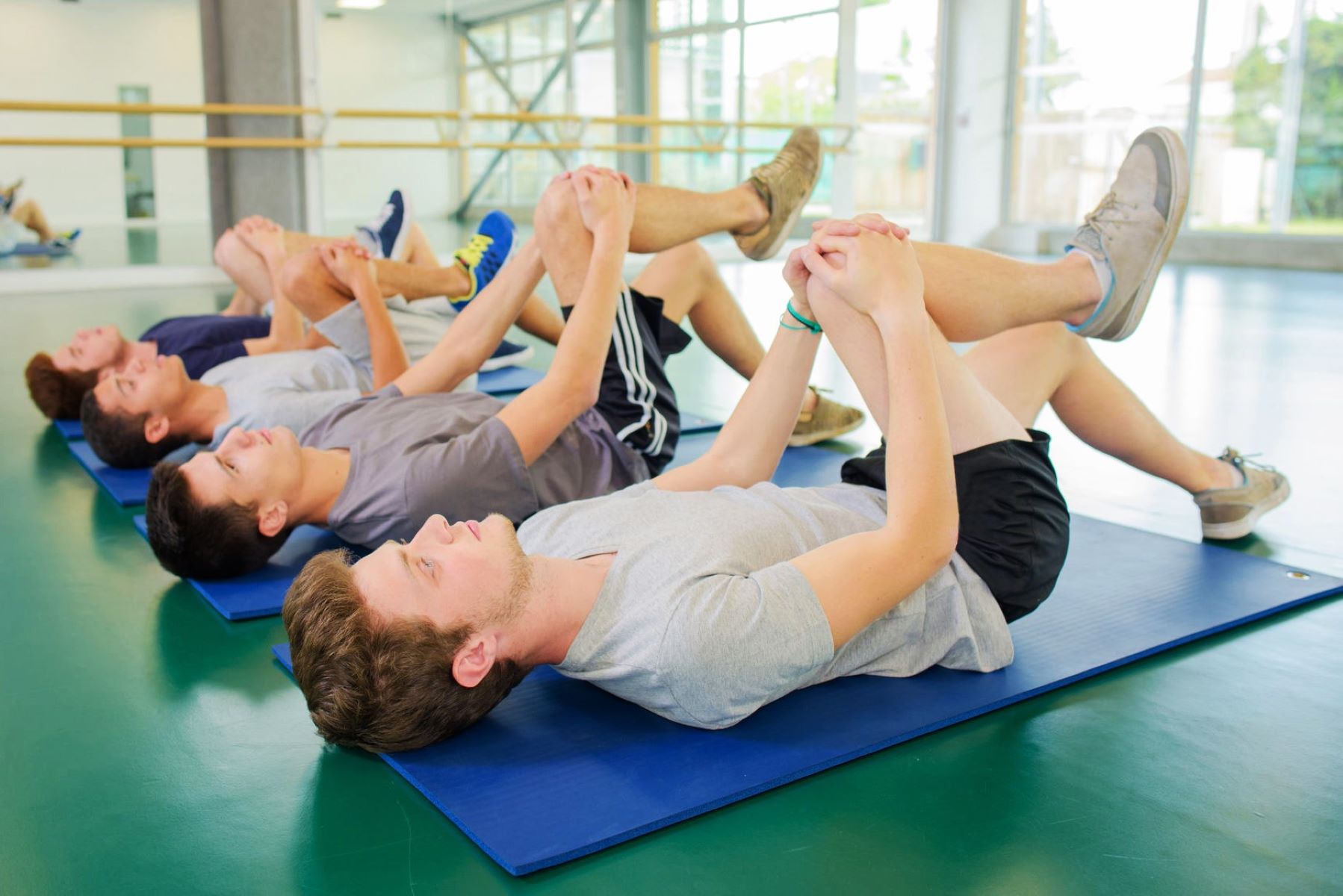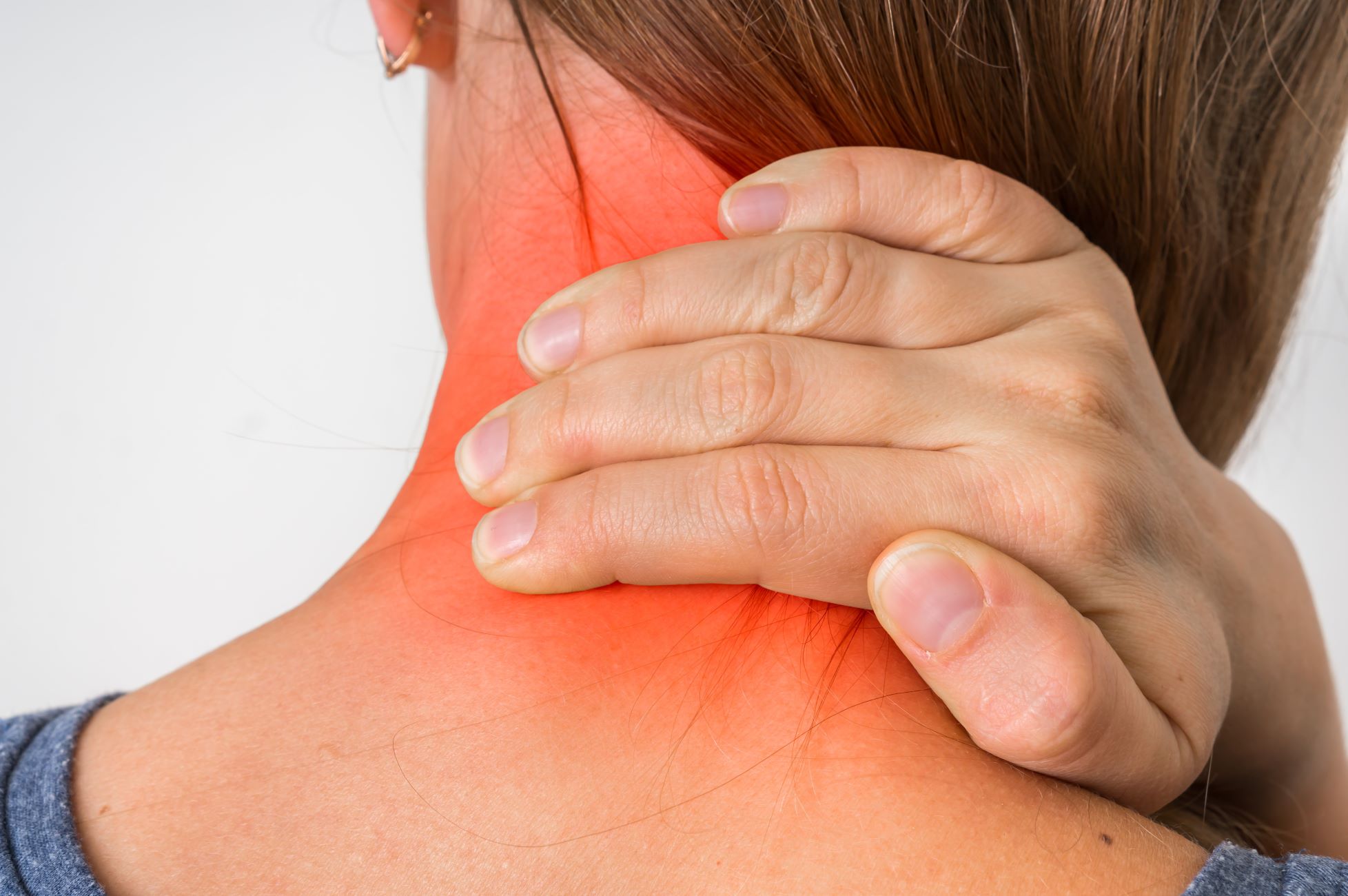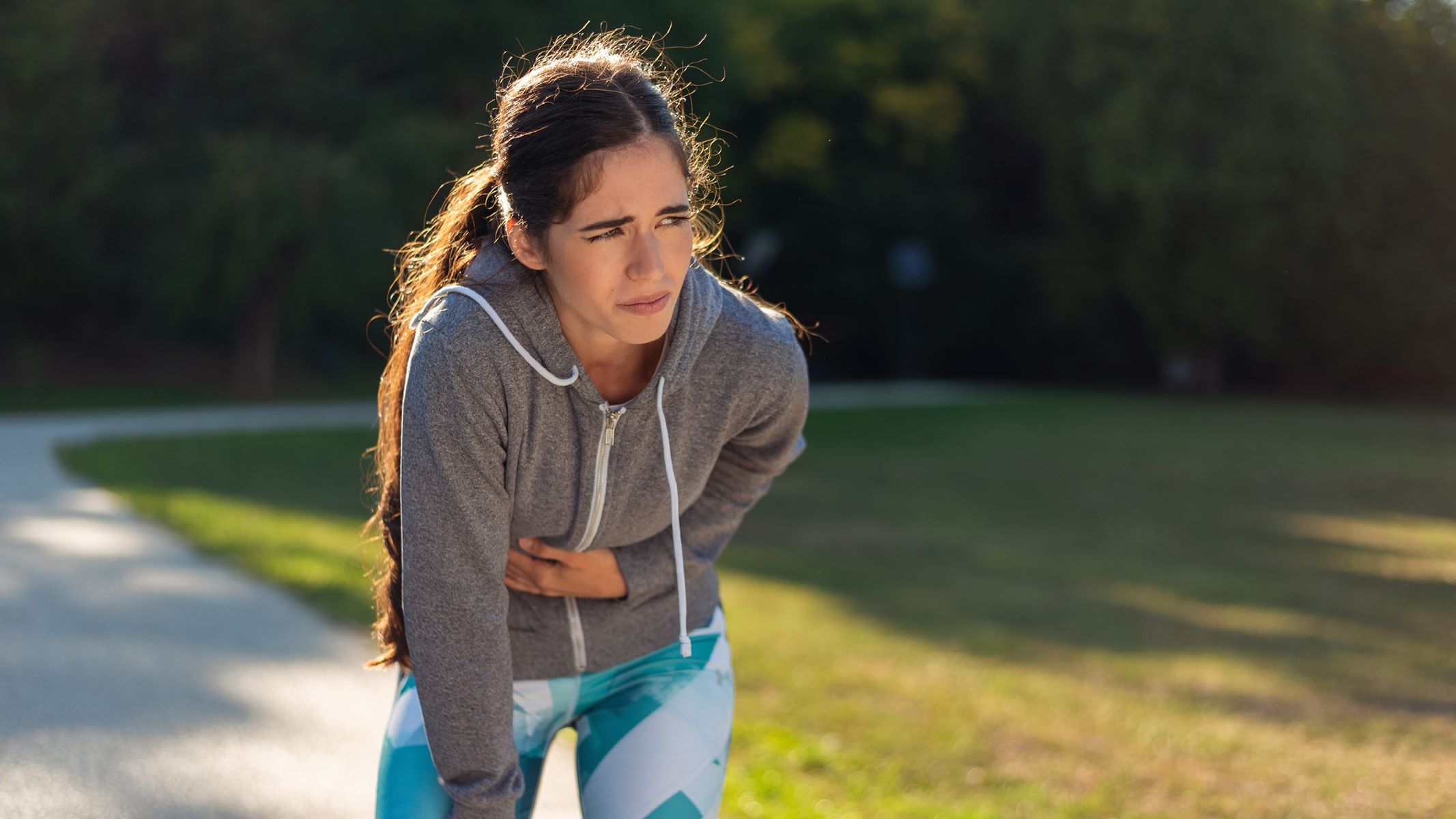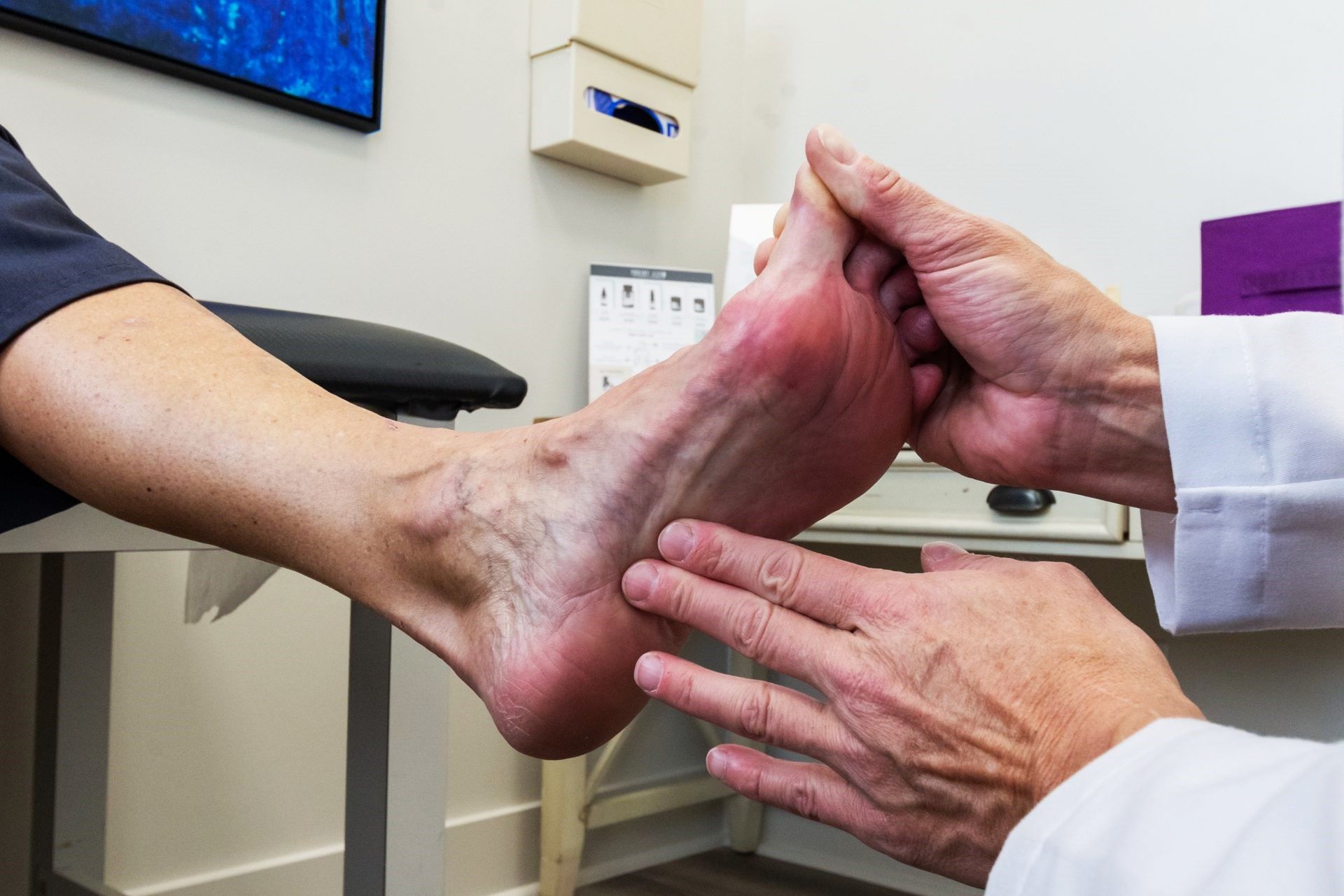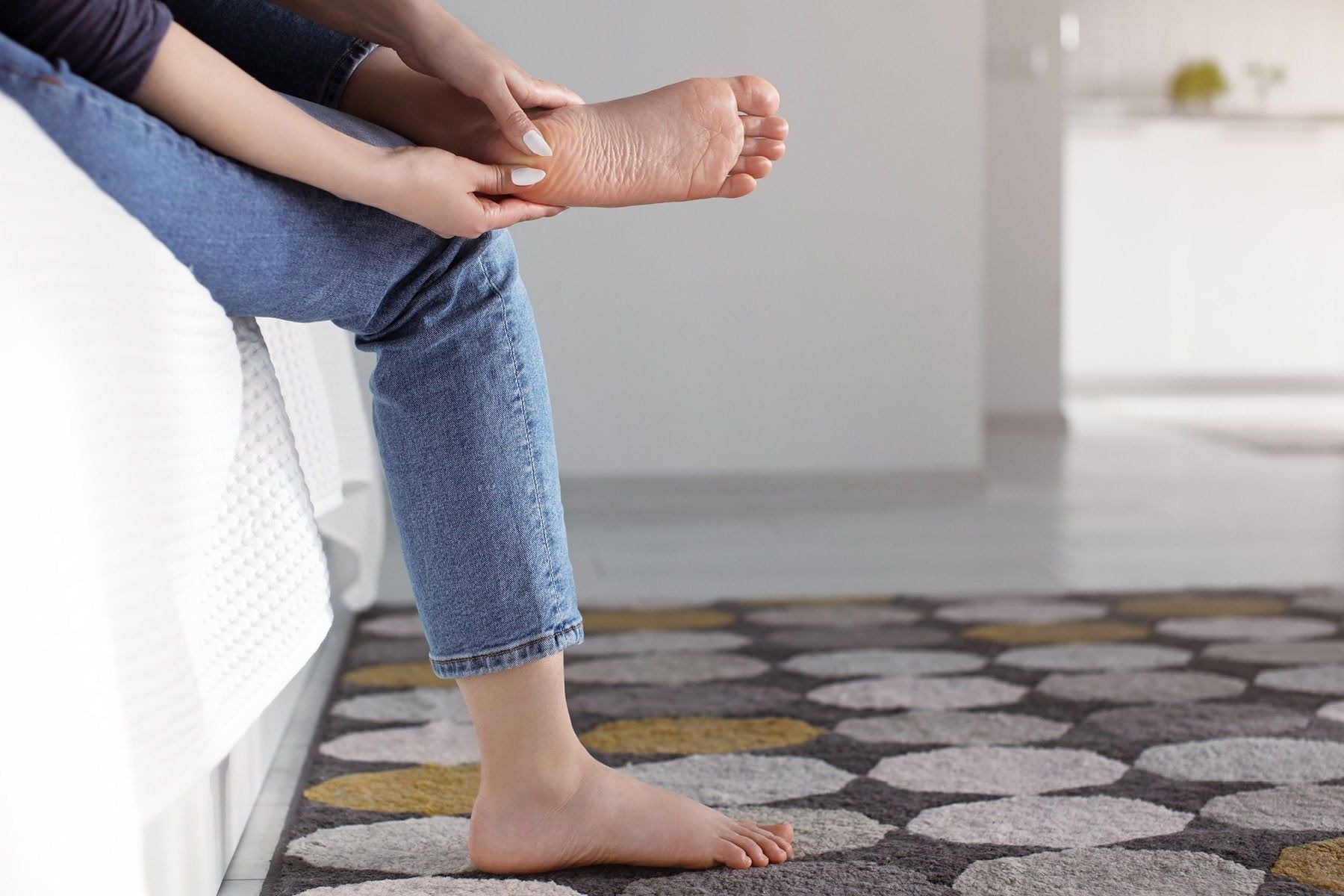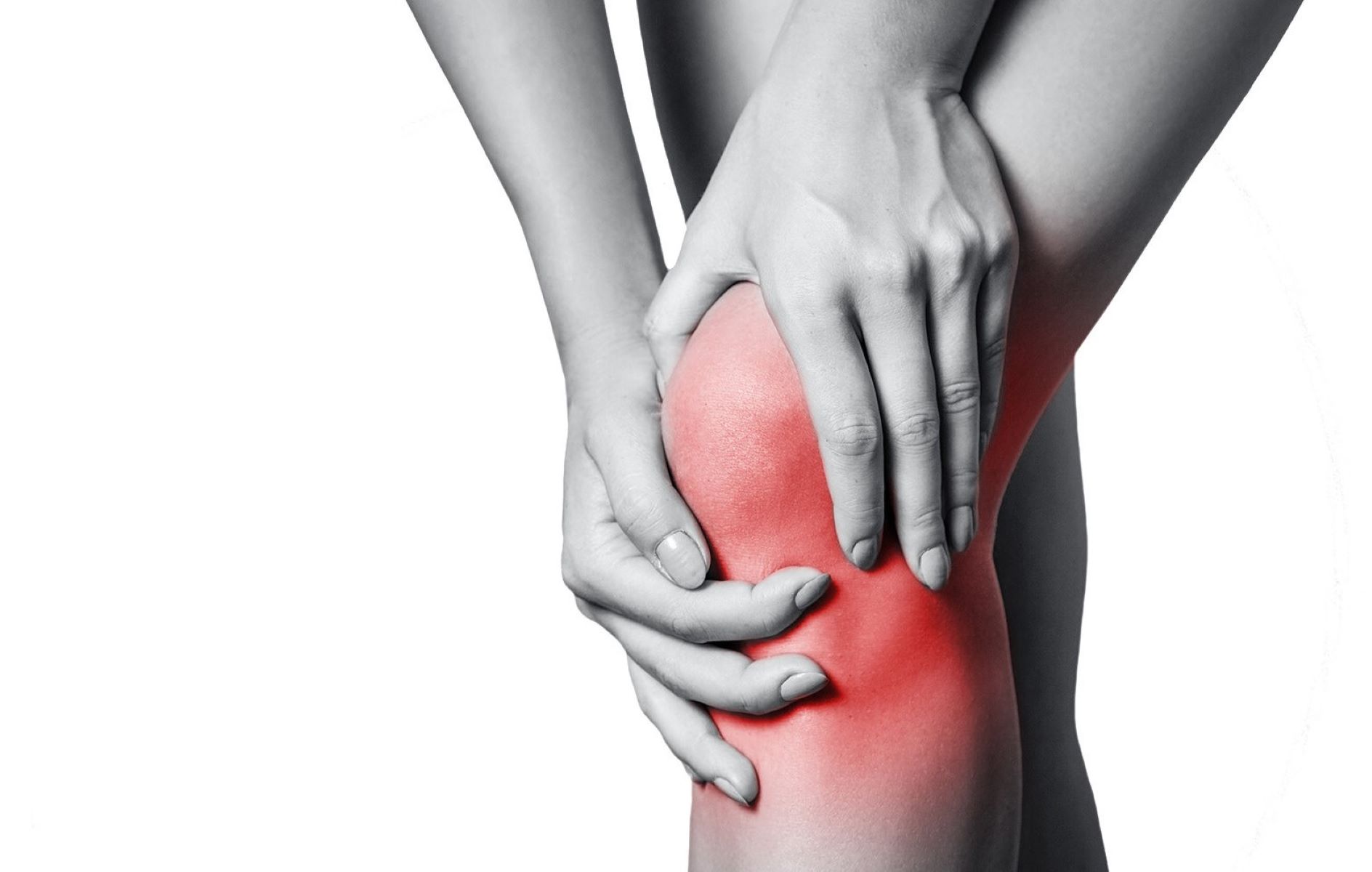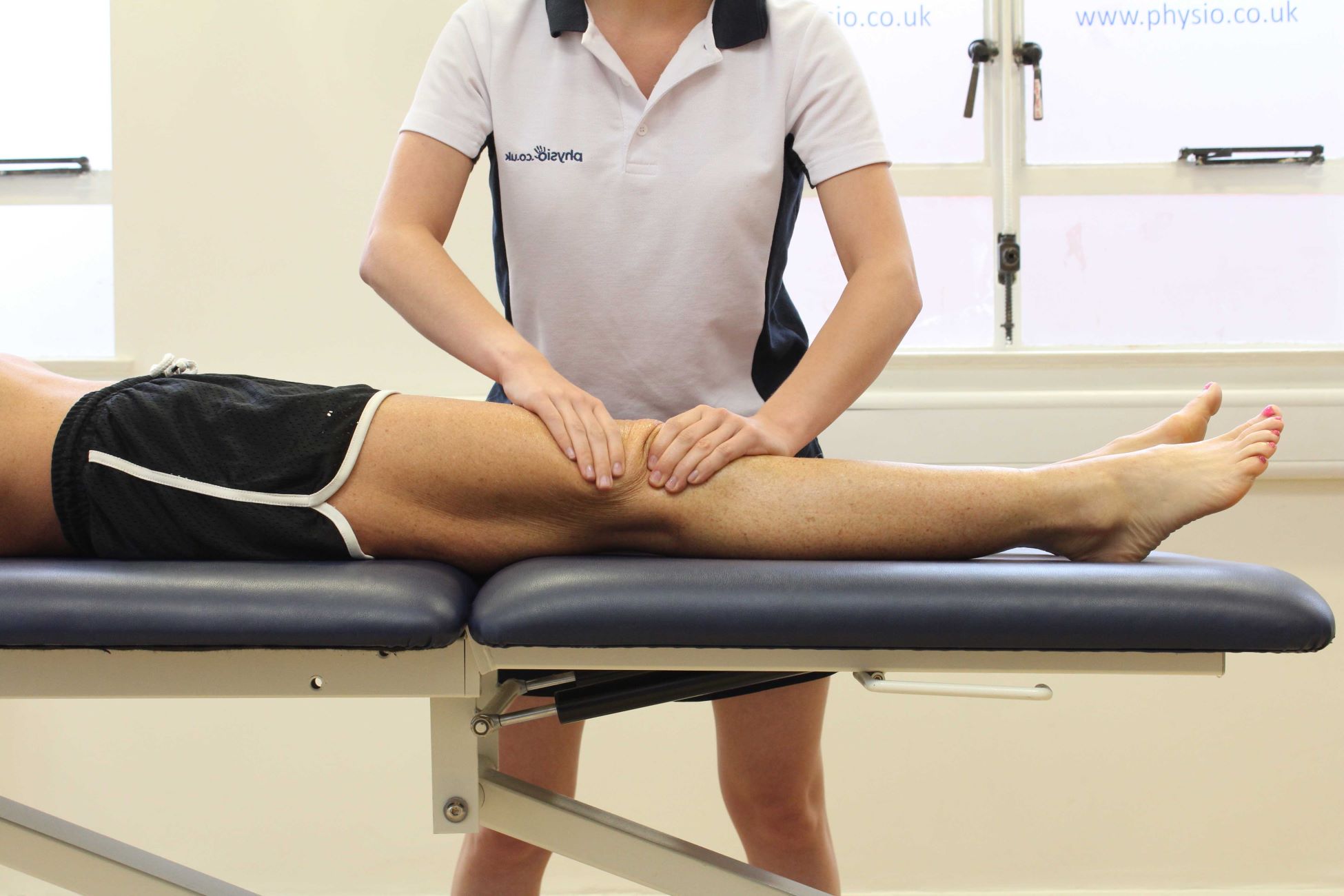Home>Health & Nutrition>The Science Behind Morning Aches And Pains
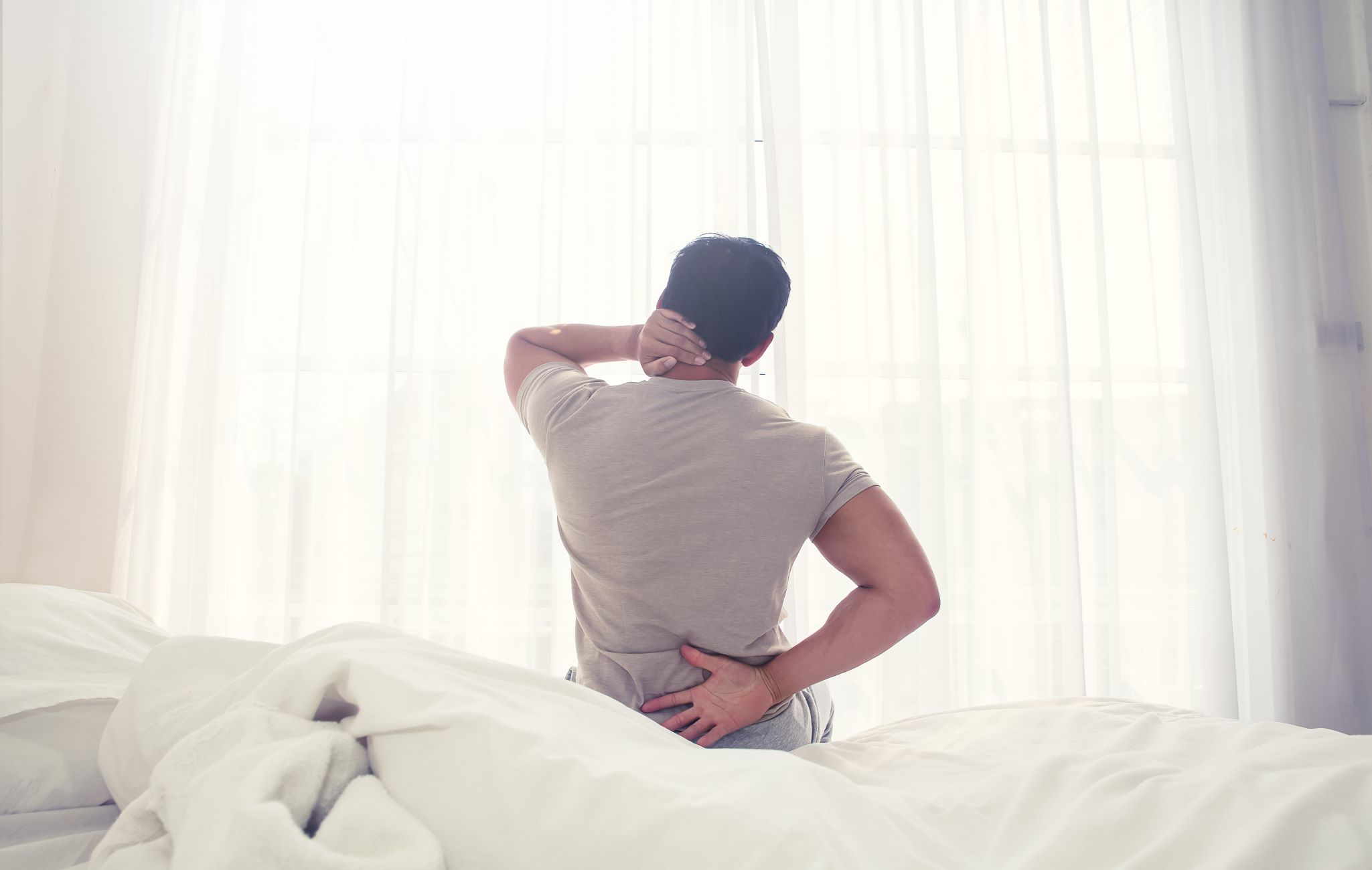

Health & Nutrition
The Science Behind Morning Aches And Pains
Published: February 21, 2024
Discover the science behind morning aches and pains and learn how to improve your health and nutrition for a pain-free start to your day. Unlock the secrets to feeling great every morning!
(Many of the links in this article redirect to a specific reviewed product. Your purchase of these products through affiliate links helps to generate commission for Therunningadvisor.com, at no extra cost. Learn more)
Table of Contents
Understanding the Causes of Morning Aches and Pains
Morning aches and pains are a common experience for many people, and understanding the underlying causes can help in finding effective solutions. Several factors contribute to these discomforts, ranging from sleep position and mattress quality to physical activity and overall health.
One of the primary culprits behind morning aches and pains is the sleep position. Sleeping in an awkward or unsupported position can lead to muscle stiffness and joint discomfort upon waking. For instance, sleeping on the stomach can strain the neck and lower back, while sleeping in a twisted position can lead to misalignment of the spine, resulting in morning discomfort.
Furthermore, the quality of the mattress and pillow plays a significant role in determining the level of morning aches and pains. A mattress that is too firm or too soft may not provide adequate support to the body, leading to pressure points and misalignment. Similarly, using an unsupportive or worn-out pillow can cause neck strain and contribute to morning discomfort.
In addition to sleep-related factors, physical activity, or the lack thereof, can also impact morning aches and pains. Engaging in excessive physical activity, especially without proper warm-up or cool-down, can lead to muscle soreness and stiffness the next morning. Conversely, a sedentary lifestyle can contribute to muscle tightness and reduced flexibility, leading to morning discomfort.
Moreover, underlying health conditions such as arthritis, fibromyalgia, or chronic pain disorders can exacerbate morning aches and pains. These conditions can cause increased sensitivity to pain and stiffness, making the morning hours particularly challenging for individuals dealing with these health issues.
Understanding the multifaceted nature of morning aches and pains is crucial in developing effective strategies to alleviate discomfort and improve overall well-being. By addressing sleep position, mattress and pillow quality, physical activity, and underlying health conditions, individuals can take proactive steps to minimize morning discomfort and wake up feeling refreshed and rejuvenated.
Read more: The Science Behind Hiccups After Running
The Role of Sleep Position in Morning Discomfort
The way we position ourselves during sleep can significantly impact how our bodies feel upon waking. The sleep position plays a pivotal role in determining the level of morning discomfort experienced by individuals. Understanding the implications of different sleep positions can shed light on the factors contributing to morning aches and pains.
One of the most common sleep positions, sleeping on the stomach, can lead to morning discomfort due to the strain it places on the neck and lower back. This position often requires the head to be turned to the side, causing potential misalignment of the cervical spine and leading to neck stiffness and discomfort. Additionally, sleeping on the stomach can cause overarching of the lower back, leading to increased pressure on the lumbar spine and potential lower back pain upon waking.
Sleeping on the back, while often recommended for spinal alignment, can also result in morning discomfort for some individuals. Without proper support, the natural curve of the lower back may not be maintained, leading to strain and discomfort. Furthermore, individuals with sleep apnea may find that sleeping on their back exacerbates their symptoms, leading to disrupted sleep and increased morning fatigue and discomfort.
On the other hand, sleeping on the side is a popular sleep position that can also contribute to morning aches and pains if not properly supported. When the body is not adequately supported in this position, the spine may become misaligned, leading to discomfort in the hips, shoulders, and lower back. Moreover, the top leg in a side-lying position can pull the spine out of alignment, leading to potential morning discomfort if not properly supported.
Understanding the impact of sleep position on morning discomfort underscores the importance of finding a sleep position that promotes spinal alignment and provides adequate support to the body. Additionally, using pillows to support the natural curves of the body and maintain proper spinal alignment can significantly reduce morning discomfort associated with different sleep positions.
In essence, the sleep position plays a crucial role in determining the level of morning discomfort experienced by individuals. By understanding the implications of different sleep positions and taking proactive steps to support the body during sleep, individuals can minimize morning aches and pains, leading to a more restful and rejuvenating sleep experience.
How Mattress and Pillow Quality Affects Morning Aches
The quality of the mattress and pillow plays a pivotal role in determining the level of morning aches and pains experienced by individuals. A mattress that is too firm or too soft may not provide adequate support to the body, leading to pressure points and misalignment. Similarly, using an unsupportive or worn-out pillow can cause neck strain and contribute to morning discomfort.
When it comes to mattresses, the level of support and firmness are crucial factors that directly impact the body's alignment during sleep. A mattress that is too firm can create pressure points, especially at the shoulders, hips, and lower back, leading to discomfort and stiffness upon waking. On the other hand, a mattress that is too soft may not provide ample support, causing the body to sink into an unnatural position, which can lead to misalignment of the spine and subsequent morning discomfort.
Furthermore, the quality of the mattress directly influences the distribution of body weight and the maintenance of proper spinal alignment during sleep. A high-quality mattress is designed to evenly distribute body weight, alleviating pressure points and promoting a neutral spine position. This not only enhances sleep quality but also reduces the likelihood of waking up with aches and pains.
In addition to the mattress, the quality and supportiveness of the pillow are equally important in preventing morning discomfort. A pillow that is too flat or too fluffy can compromise the natural curvature of the neck, leading to strain and discomfort. Moreover, using an old or worn-out pillow can result in inadequate support, causing the neck to be positioned at an unnatural angle during sleep, which can contribute to morning neck pain and stiffness.
Choosing a pillow that adequately supports the natural curvature of the neck and promotes proper spinal alignment is essential in minimizing morning aches and pains. A supportive pillow helps keep the head, neck, and spine in a neutral position, reducing the likelihood of waking up with discomfort in these areas.
In essence, the quality of the mattress and pillow directly influences the body's alignment, pressure distribution, and overall comfort during sleep, thereby impacting the likelihood of experiencing morning aches and pains. Investing in a high-quality mattress and pillow that provide adequate support and promote proper spinal alignment can significantly contribute to a restful and rejuvenating sleep experience, ultimately reducing morning discomfort and enhancing overall well-being.
The Impact of Physical Activity on Morning Pain
Physical activity plays a significant role in determining the level of morning pain experienced by individuals. The impact of exercise, or the lack thereof, on morning discomfort is multifaceted and can be influenced by various factors such as the type, intensity, and timing of physical activity.
Engaging in regular physical activity can have a positive impact on reducing morning pain. Exercise promotes blood circulation, muscle flexibility, and joint mobility, which can alleviate stiffness and discomfort upon waking. Additionally, physical activity stimulates the release of endorphins, the body's natural painkillers, which can help mitigate morning aches and pains.
However, the type and intensity of physical activity can also influence morning pain. Intense or high-impact exercises, especially when performed close to bedtime, can lead to muscle soreness and stiffness the next morning. It is essential to strike a balance between physical activity and adequate rest to minimize the likelihood of experiencing morning discomfort due to exercise-related muscle fatigue.
On the other hand, a sedentary lifestyle can contribute to morning pain by promoting muscle tightness and reduced flexibility. Prolonged sitting or inactivity can lead to muscle stiffness, particularly in the back, hips, and legs, which can manifest as morning discomfort. Incorporating gentle stretching or low-impact exercises, especially in the evening, can help counteract the effects of prolonged sitting and reduce the likelihood of waking up with morning pain.
Moreover, individuals with specific health conditions, such as arthritis or chronic pain disorders, may experience heightened morning pain due to the impact of physical activity on their condition. For individuals with arthritis, gentle exercises and stretching routines tailored to their condition can help alleviate morning stiffness and discomfort. Conversely, overexertion or improper exercise techniques can exacerbate pain and lead to increased morning discomfort for individuals with underlying health conditions.
Understanding the impact of physical activity on morning pain underscores the importance of incorporating a balanced exercise routine and promoting overall physical well-being. By engaging in regular, moderate-intensity physical activity, individuals can enhance their overall musculoskeletal health, reduce the likelihood of morning pain, and wake up feeling more refreshed and agile.
In essence, physical activity plays a pivotal role in determining the level of morning pain experienced by individuals. By incorporating a well-rounded exercise regimen that promotes flexibility, strength, and overall physical well-being, individuals can minimize morning discomfort and enhance their overall quality of life.
Strategies for Alleviating Morning Aches and Pains
-
Optimizing Sleep Environment: Creating an optimal sleep environment is crucial for minimizing morning aches and pains. This includes investing in a high-quality mattress and pillows that provide adequate support and promote proper spinal alignment. Additionally, maintaining a cool, dark, and quiet sleep environment can enhance sleep quality, leading to reduced morning discomfort.
-
Improving Sleep Position: Adjusting sleep position to promote spinal alignment and reduce pressure on the body can significantly alleviate morning aches and pains. For back sleepers, placing a pillow under the knees can help maintain the natural curvature of the lower back. Side sleepers can benefit from placing a pillow between the knees to align the hips and reduce strain on the lower back.
-
Incorporating Gentle Stretching: Engaging in gentle stretching exercises, particularly in the evening, can help alleviate muscle tension and promote flexibility, reducing the likelihood of waking up with morning discomfort. Targeted stretches for the neck, shoulders, back, and legs can contribute to a more comfortable morning experience.
-
Balancing Physical Activity: Striking a balance between physical activity and rest is essential for minimizing morning aches and pains. Incorporating regular, moderate-intensity exercise while allowing for adequate recovery time can promote musculoskeletal health and reduce the impact of morning discomfort associated with physical activity.
-
Utilizing Heat Therapy: Applying heat therapy, such as a warm bath or heating pad, to areas of the body experiencing morning discomfort can help relax muscles, improve circulation, and alleviate stiffness. Heat therapy can be particularly beneficial for individuals experiencing morning stiffness in specific areas, such as the neck, shoulders, or lower back.
-
Practicing Mindfulness and Relaxation Techniques: Incorporating mindfulness meditation, deep breathing exercises, or progressive muscle relaxation techniques before bedtime can promote relaxation and reduce muscle tension, leading to a more comfortable morning awakening.
-
Seeking Professional Guidance: For individuals experiencing chronic or severe morning aches and pains, seeking professional guidance from a healthcare provider, physical therapist, or chiropractor can provide personalized strategies for alleviating discomfort. These professionals can offer targeted interventions, such as tailored exercise programs or manual therapy, to address specific sources of morning discomfort.
By implementing these strategies, individuals can proactively address the underlying factors contributing to morning aches and pains, leading to a more restful and rejuvenating sleep experience and a reduction in morning discomfort.







